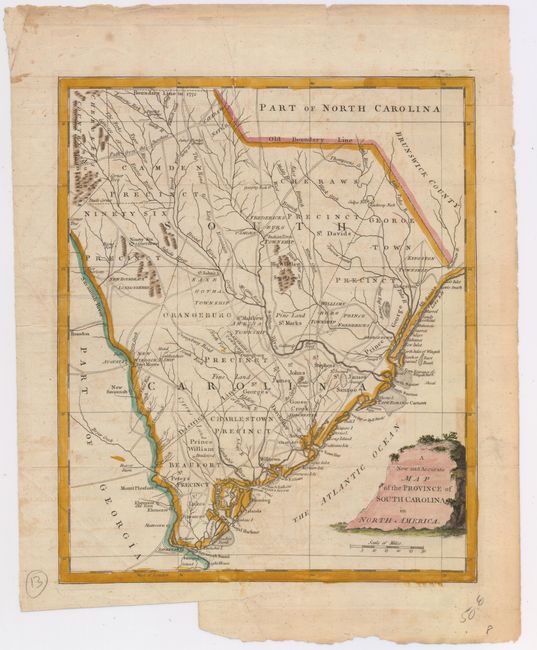Catalog Archive


Auction 146, Lot 254
"A New and Accurate Map of the Province of South Carolina in North America", Anon.

Subject: Colonial South Carolina
Period: 1779 (published)
Publication: Universal Magazine
Color: Hand Color
Size:
11 x 13.3 inches
27.9 x 33.8 cm
Download High Resolution Image
(or just click on image to launch the Zoom viewer)
(or just click on image to launch the Zoom viewer)